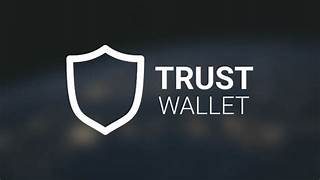Solana Under Pressure- High Transaction Failure Rates and User Experience Concerns

Solana, the prominent blockchain network known for its fast transaction speeds and low fees, has recently come under scrutiny due to an increase in transaction failure rates. Here is a closer look at the issue, examining different perspectives and possible solutions.
Record High Failure Rates? Not Quite the Whole Story
Data from Dune Analytics suggests a significant spike in failed transactions on the Solana network, with estimates reaching a staggering 75% for non-vote transactions on April 4th, 2024. This has understandably caused frustration among users who have reported a poor experience, including failed transactions and slow processing times.
However, advocates of Solana argue that the data needs careful interpretation. Mert Mumtaz, CEO of Helius, a Solana-based DeFi project, clarifies that a large portion of these failed transactions are likely due to bot spam. These bots are basically automated programs that try to exploit arbitrage opportunities (i.e., buying an asset on one exchange and selling it on another for a quick profit) but fail due to limitations in their programming.
Mumtaz suggests that these failed bot attempts do not significantly affect regular users because most wallets can simulate transactions beforehand and warn users about likely failures. He argues that focusing solely on the failed transaction chart does not provide a complete picture of user experience.
Challenges and Likely Solutions
While the bot spam explanation may account for some of the high failure rates, Solana acknowledges the network congestion issues. Solana CEO Anatoly Yakovenko expressed frustration with the complexity of addressing these congestion bugs compared to other network issues. Unlike total system failures, congestion requires a more thorough testing and release process, making quick fixes a difficult challenge.
Solana is considering network upgrades like version 1.18 to improve scalability, but a more immediate solution might involve network patches. These patches are reportedly in development and could offer some relief soon.
Consequent Impact and Industry Reactions
The high transaction failure rates have coincided with a slight dip in Solana’s SOL token price, which fell around 3% in the last week. This has also led to discussions within the crypto community, with some users questioning Solana’s ability to handle high transaction volumes.
Some have advocated for alternative blockchains like Cardano and Base (a layer-2 scaling solution for Ethereum) as likely replacements for Solana. However, it is important to remember that all blockchains are under development, and even Cardano has experienced transaction delays recently.
Solana at a Crossroads
Solana is currently at a crossroads. While the network has impressive features like speed and low fees, the recent surge in transaction failures has highlighted its scalability limitations. The good news is that Solana is actively working on solutions, with network upgrades and patches planned.
It remains to be seen whether these efforts will be enough to restore user confidence and maintain Solana’s position as a leading blockchain network. Only time will tell if Solana can overcome these challenges and deliver on its promise of a fast, reliable, and user-friendly blockchain experience.




